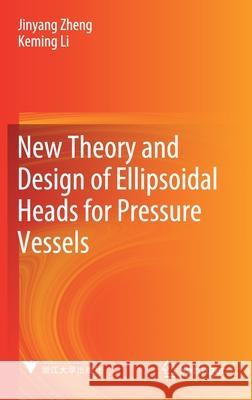New Theory and Design of Ellipsoidal Heads for Pressure Vessels » książka
topmenu
New Theory and Design of Ellipsoidal Heads for Pressure Vessels
ISBN-13: 9789811604669 / Angielski / Twarda / 2021 / 190 str.
New Theory and Design of Ellipsoidal Heads for Pressure Vessels
ISBN-13: 9789811604669 / Angielski / Twarda / 2021 / 190 str.
cena 684,33
(netto: 651,74 VAT: 5%)
Najniższa cena z 30 dni: 655,41
(netto: 651,74 VAT: 5%)
Najniższa cena z 30 dni: 655,41
Termin realizacji zamówienia:
ok. 22 dni roboczych
Dostawa w 2026 r.
ok. 22 dni roboczych
Dostawa w 2026 r.
Darmowa dostawa!
Kategorie:
Kategorie BISAC:
Wydawca:
Springer
Język:
Angielski
ISBN-13:
9789811604669
Rok wydania:
2021
Wydanie:
2021
Ilość stron:
190
Waga:
0.46 kg
Wymiary:
23.39 x 15.6 x 1.27
Oprawa:
Twarda
Wolumenów:
01
Dodatkowe informacje:
Wydanie ilustrowane











